Kazakhstan boasts a rich and diverse culinary heritage, shaped by its nomadic roots, Central Asian traditions, and influences from Russian, Turkish, and Uyghur cuisines. The country’s vast geography and multicultural population have given rise to a unique blend of flavors, cooking techniques, and traditional dishes that reflect its history, climate, and lifestyle.
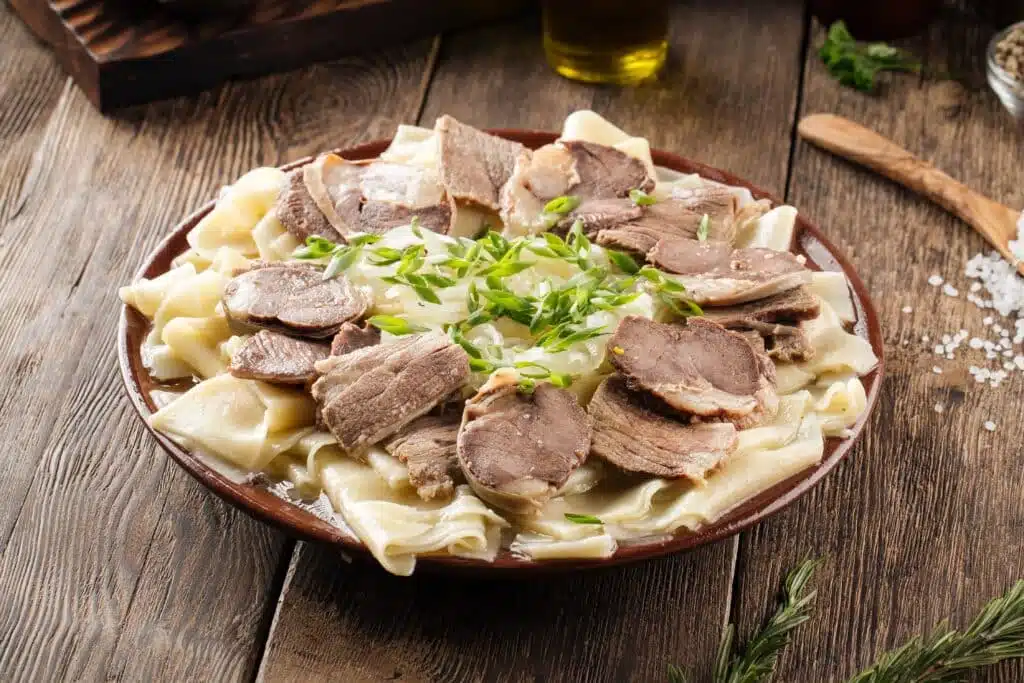
Beshbarmak – The National Dish
Meaning “five fingers,” Beshbarmak is Kazakhstan’s national dish and is traditionally eaten by hand. It consists of boiled horse meat or beef, served over wide, flat noodles, and topped with onion broth. It’s often enjoyed during festive gatherings and symbolizes hospitality and respect.
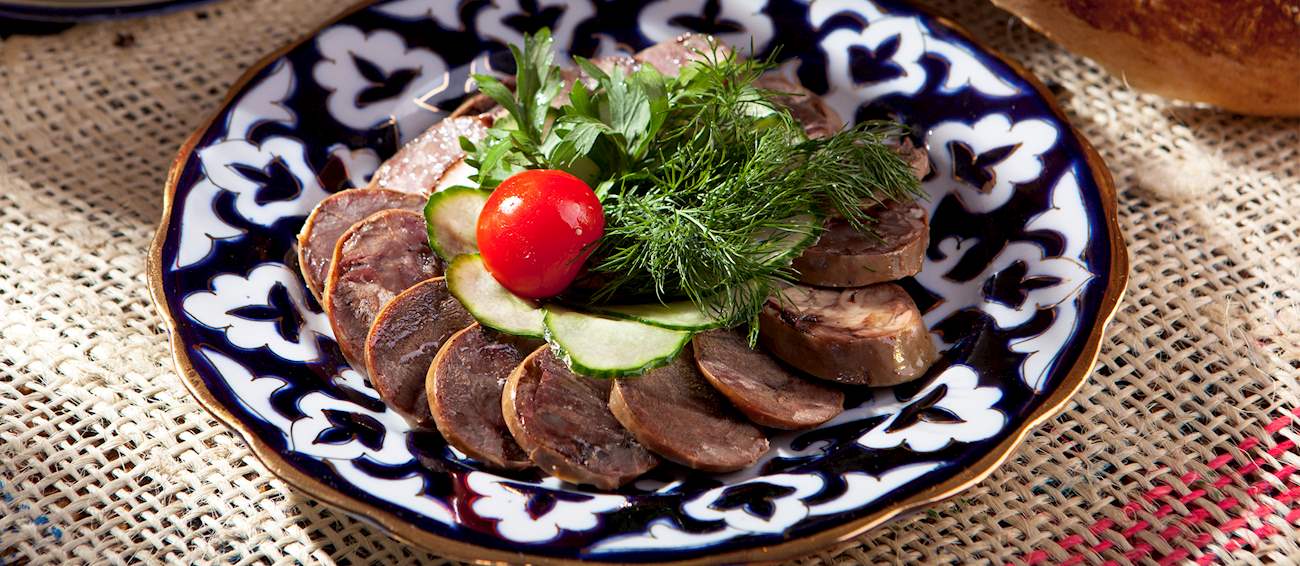
Kazy – Horse Meat Sausage
A highly prized delicacy made from horse rib meat, Kazy is seasoned, stuffed into intestines, and air-dried or boiled. Often served with Beshbarmak or cold appetizers, it’s considered a luxury and is traditionally offered to guests during important meals.
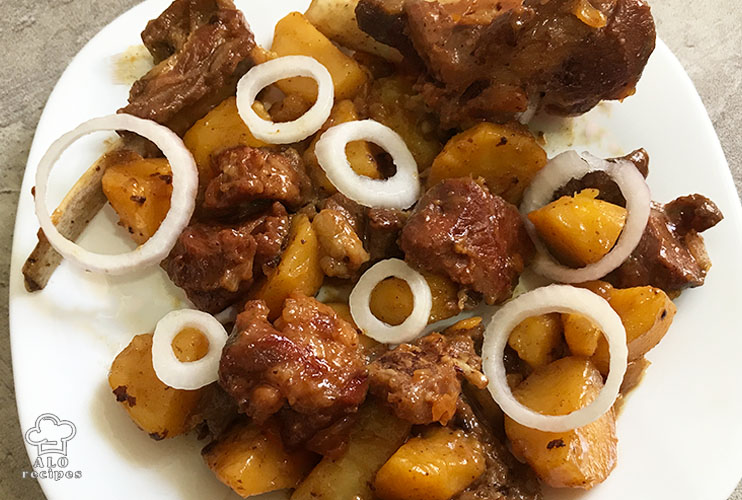
Kuyrdak – Pan-Fried Meat & Organ
A savory dish made from lamb or beef liver, heart, kidneys, and onions, often cooked with potatoes or fat. It’s seasoned with salt, pepper, and herbs, offering a flavorful, rich, and energy-packed meal enjoyed particularly in rural regions.
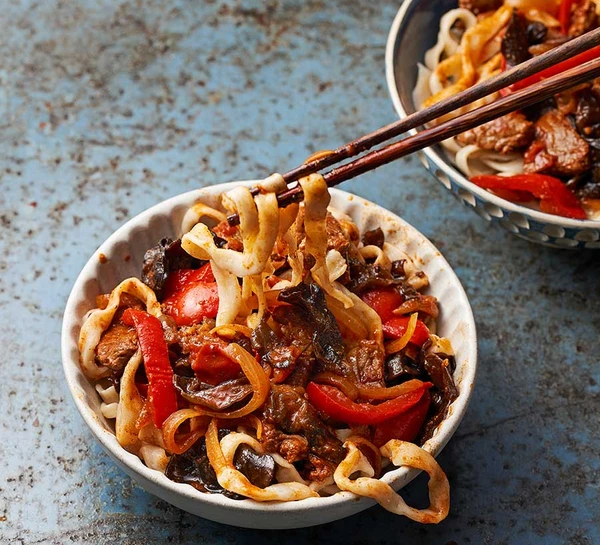
Lagman – Hand-Pulled Noodle Soup
Lagman originates from Uyghur cuisine and is hugely popular in Kazakhstan. It consists of hand-pulled noodles served in a spicy broth with beef or lamb, vegetables, and fragrant spices. It can be served as a soup or stir-fried (“fried lagman”).
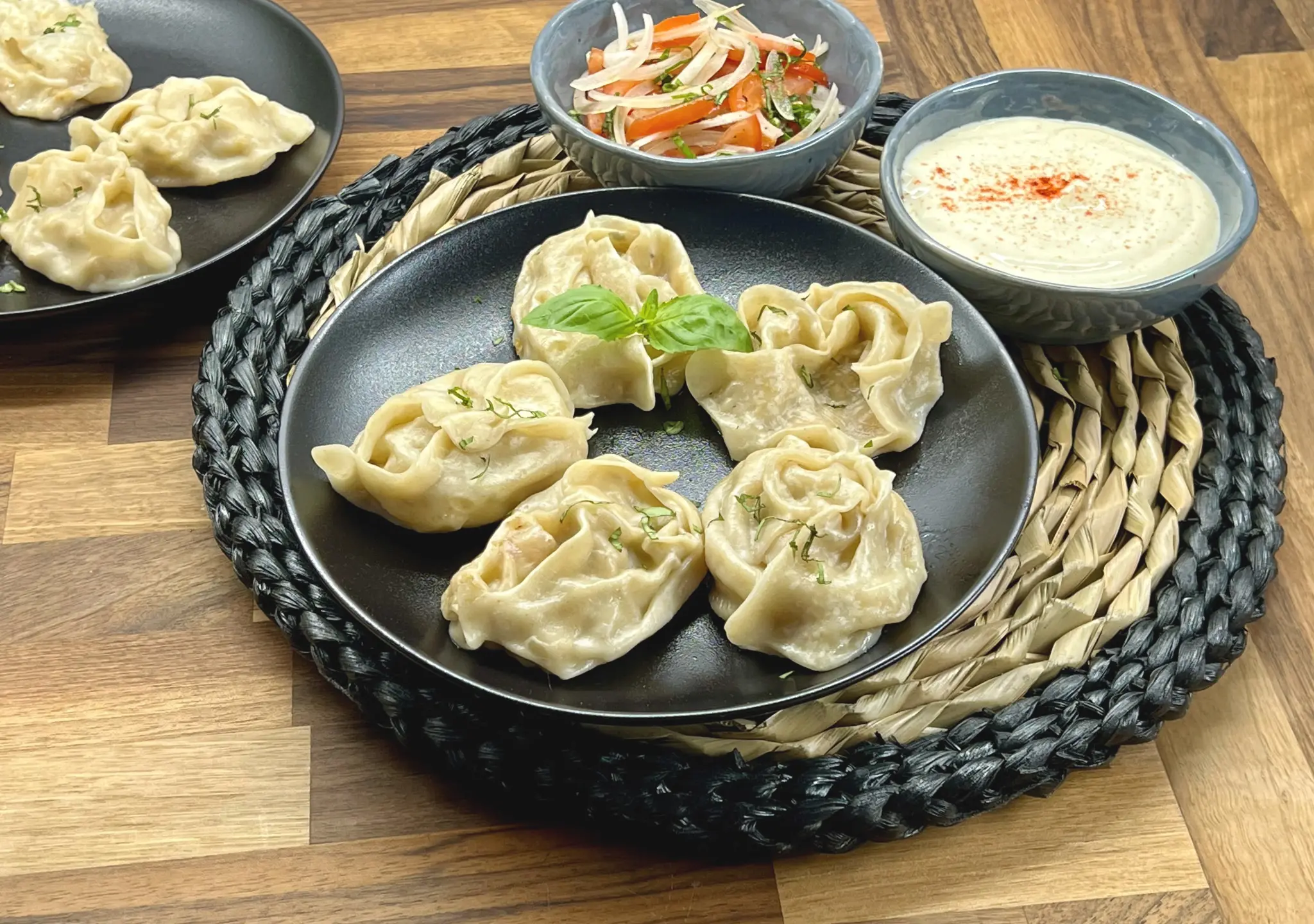
Manti – Steamed Dumplings
These large dumplings are filled with minced meat (usually lamb or beef), onions, and seasonings, then steamed in special pots called mantishnitsa. Served with butter, sour cream, or vinegar, Manti is a common comfort food in Kazakh homes.
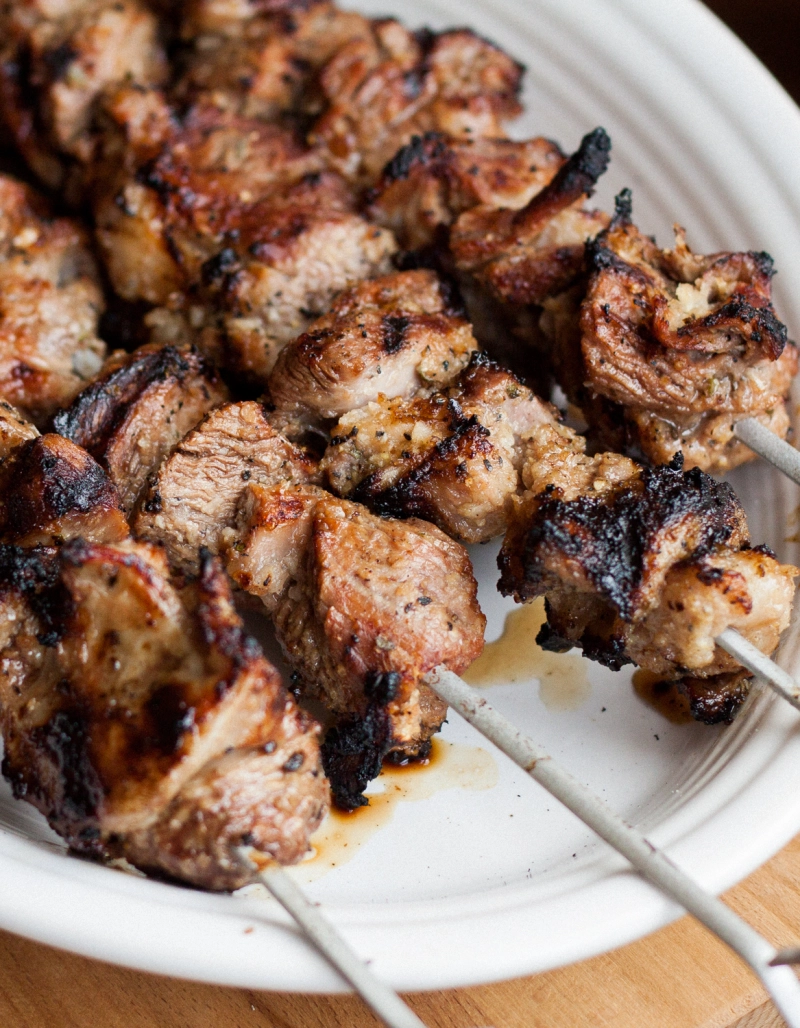
Shashlik – Kazakh Barbecue Skewers
Adapted from Central Asian and Russian traditions, Shashlik consists of marinated meat grilled on skewers, often served with sliced onions, vinegar, and flatbread. Popular at roadside cafés and outdoor gatherings, it’s a staple of social dining.
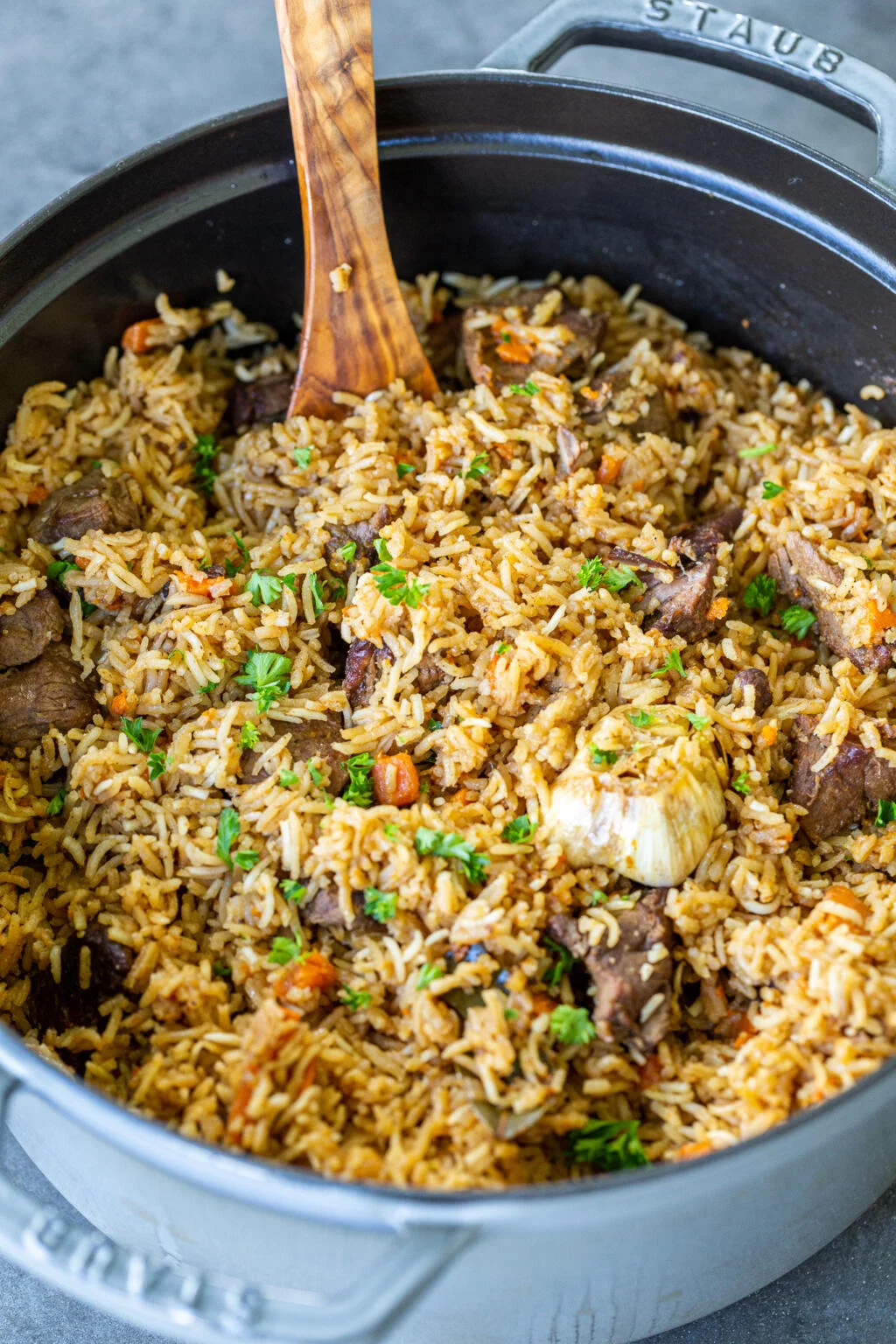
Plov (Pilaf) – Rice with Meat and Vegetables
A traditional dish across Central Asia, Kazakh Plov is made with rice, lamb or beef, carrots, onions, and seasonings, all cooked together in one large pot. It's a hearty, celebratory dish often made for weddings or holidays.
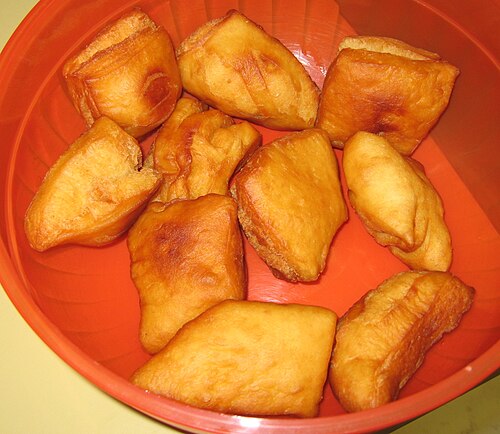
Baursak – Fried Dough Balls
These fluffy, golden dough balls are a beloved Kazakh treat, often served with tea, jam, or honey. Baursak is made from yeast dough, cut into small squares or rounds, and deep-fried. They symbolize hospitality and abundance.
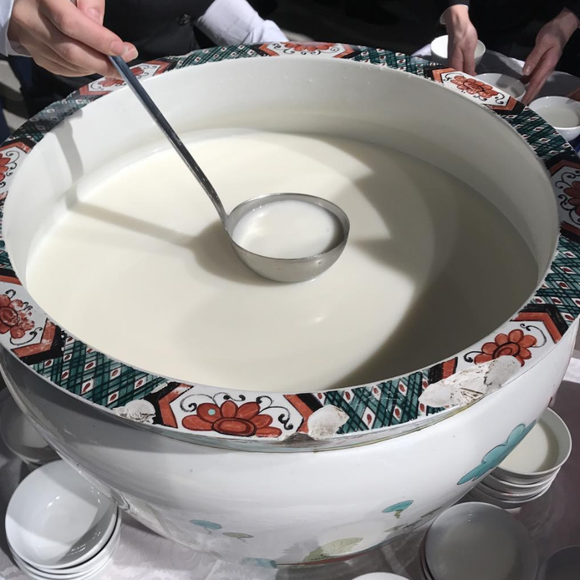
Kumis (Fermented Mare’s Milk)
A traditional nomadic drink, Kumis is made by fermenting mare’s milk. It has a slightly sour taste and is mildly alcoholic. Believed to have health benefits, Kumis is often consumed in the spring and summer and is deeply tied to Kazakh identity.
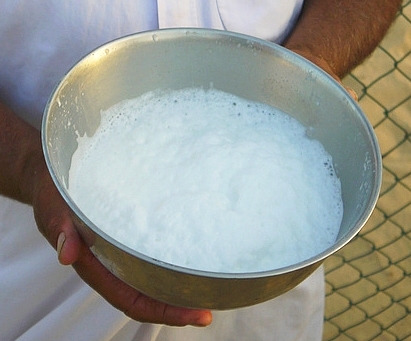
Shubat (Fermented Camel’s Milk)
Similar to Kumis, Shubat is made from camel’s milk and is thicker, creamier, and more nutritious. Popular in southern Kazakhstan, it’s highly valued for its digestive and immune-boosting properties.
A Culinary Experience Rooted in Heritage
Kazakh meals are more than just food—they represent community, tradition, and hospitality. Meals are typically shared family-style, often beginning with tea and ending with sweets or fruit. Whether you’re enjoying a home-cooked meal in a yurt or dining in a modern Kazakh restaurant, the food is always hearty, flavorful, and served with a warm spirit of generosity.
If you’re a student or visitor in Kazakhstan, trying these dishes is not just a culinary adventure—it’s a cultural experience that connects you to the heart of the nation.

